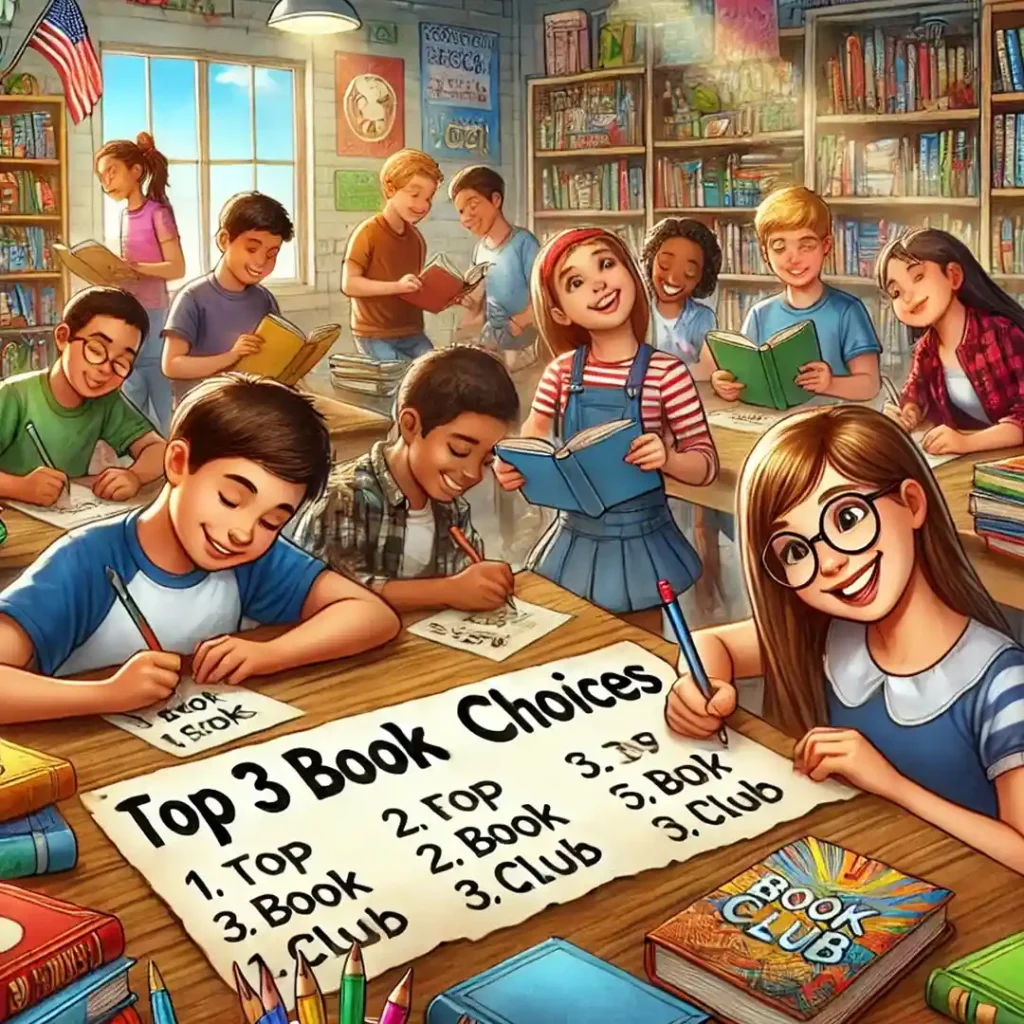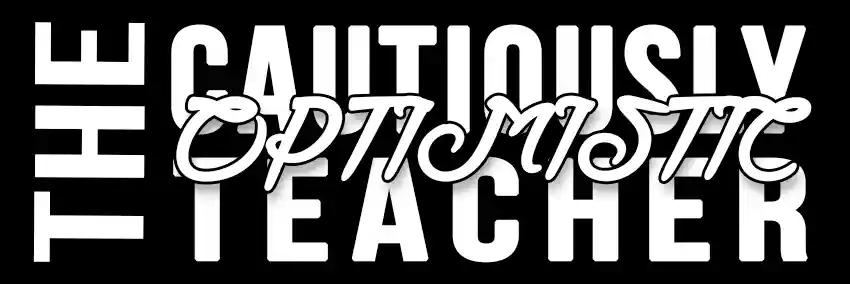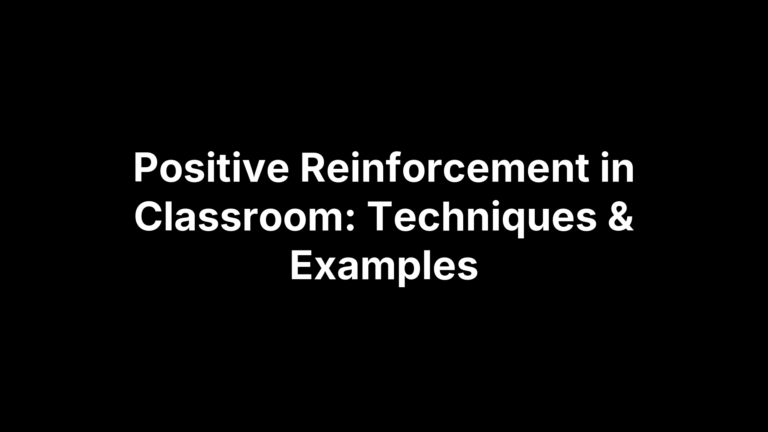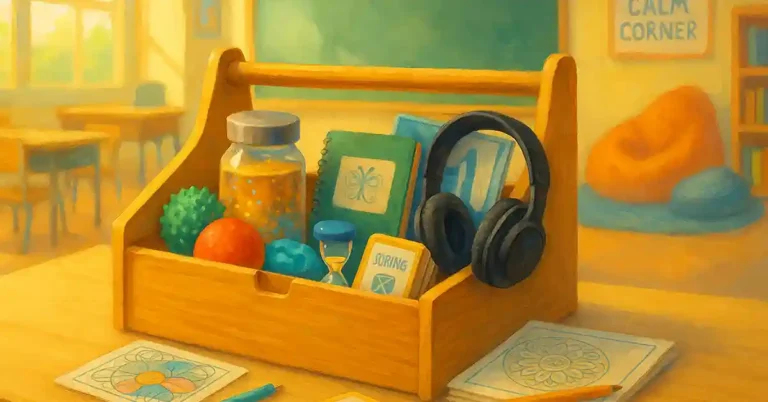How to Choose the Best Book Club Sets for Students
When it comes to choosing book club or literature circle sets for students, it’s not always as simple as picking a popular title and hoping for the best. We all want our students to be engaged and excited about reading, but there’s a bit of an art to selecting the right set of books that will work well and help you to maximize teaching book clubs. Whether you’re running literature circles, guided reading, or a full-on book club, the goal is to find books that spark curiosity, challenge thinking, and fit the diverse needs of your students. In this post, I’ll share a few things I consider when selecting books to help you create a meaningful and fun reading experience for your students.
Important Factors for Teaching Book Clubs: Selecting the Right Books

1. Student Interest and Engagement
- Diverse genres: Offer a variety of genres (fantasy, mystery, historical fiction, etc.) to cater to different tastes.
- Relatable characters and themes: Choose books that resonate with students’ experiences or expose them to new perspectives.
- Current trends: Stay updated on popular books or themes students are talking about to maintain relevance.
2. Reading Level and Accessibility
- Variety of reading levels: Ensure you have options for different reading abilities within the group.
- Vocabulary complexity: Consider books that challenge students without overwhelming them.
- Length of books: Balance between length and the time students have to read and discuss the material.
3. Diversity and Representation
- Cultural relevance: Include books that reflect diverse backgrounds, cultures, and experiences.
- Inclusive stories: Select titles that promote understanding of different perspectives, allowing all students to feel represented.
4. Themes and Educational Value
- Discussion-worthy themes: Choose books that encourage critical thinking, moral dilemmas, or social issues to spark meaningful conversations.
- Curriculum connections: Look for books that tie into subjects like history, social studies, or science to enhance interdisciplinary learning.
- Life skills and values: Consider books that teach empathy, teamwork, resilience, or problem-solving.
5. Group Dynamics
- Age-appropriate content: Ensure the themes, language, and plot align with students’ maturity levels.
- Book length and pacing: Make sure the book is suitable for the time available and encourages steady reading without dragging.
6. Availability and Cost
- Classroom set size: Ensure you can get enough copies for your group at a reasonable price.
- Supplementary materials: Check for resources like discussion guides, activities, or author interviews to enrich the experience.
7. Teacher Book Clubs Goals
- Alignment with learning goals: Match book choices with your academic or social-emotional goals for the year.
Balance of fun and educational: Strive for books that both entertain and educate, creating a well-rounded experience.
CRRP – Selecting Culturally Relevant Books

In addition to these considerations, I always pay close attention to Culturally Responsive texts. Representation is critical in the classroom, especially when students are offered choice in what they read. Culturally Responsive and Relevant Pedagogy (CRRP) ensures that the books reflect the diverse backgrounds of students, allowing them to see themselves in the characters and stories. This approach not only fosters a deeper connection to the material but also promotes understanding and empathy for different cultures and perspectives — it is something that we should all incorporate when teaching book clubs. By choosing culturally relevant texts, we help create an inclusive environment where every student feels valued and heard.
Here is a good list of culturally relevant books.
Let Students Choose Their Books

When it’s time to present book choices and let students select their favorites, I like to make the process both structured and engaging. Here’s how I approach it:
1. Ask Students to Choose Their Top 3
- Prep with paper slips: I always ask students to have a slip of paper ready. After I present the books, they’ll write down their top three choices. This helps give them a sense of ownership in the selection process and ensures they feel like they’re part of the decision-making.
2. Presenting the Books Positively
- Introduce each book with enthusiasm: As I go through each title, I make sure to present it in a positive light. I’ll read the blurb aloud and maybe a short excerpt from the beginning to give them a feel for the author’s style. If I’ve read the book myself, I add a little personal touch—what I found most intriguing or exciting. This can help spark interest and get students thinking beyond the blurb.
3. Let Students Examine the Books
- Give them time to explore: Once I’ve presented the books, I invite students to come up, hold them, flip through the pages, and read the back cover. This physical interaction helps them form a connection to the book and can often influence their final choice.
4. Have Students Select Their Top 3
- Make it personal: After they’ve had a chance to look through the books, they’ll write down their top three picks. This step is crucial because it lets students feel like they have multiple great options and keeps things flexible in case their first choice isn’t available.
5. Sorting Books Based on Choices
- Flexible grouping: I try my best to give students their top choice but remind them that the grouping doesn’t matter as much, since most of the work in this unit will be individual. This reduces any pressure students might feel about being grouped and allows them to focus more on their personal reading experience.
6. Extra Tips
- Balance genres and themes: If you notice students gravitating heavily towards one or two books, don’t hesitate to talk a little more about other options. Point out different themes or ideas that might pique their interest.
- Keep it fun and low-pressure: This whole process should feel enjoyable and exciting for the students. Letting them feel like they are exploring new worlds rather than just picking an assignment helps create a more engaging atmosphere.
By making book selection a positive, structured, and personalized process, you can set the tone for a successful and motivating reading unit! For much more on book clubs, check out 180 Days by Kittle and Gallagher.







